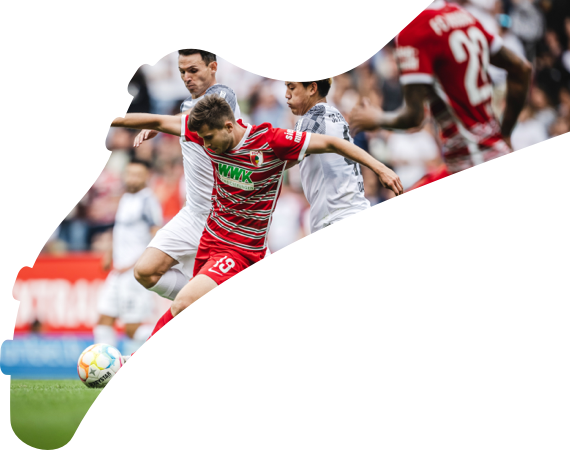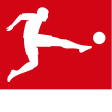All you need to know about a soccer field
Perhaps one of the most overlooked elements of soccer, the field is also one of the most important as a game would be impossible without it. So what goes into creating a pitch fit for the professional game? What factors have to be considered during construction of a new stadium? What are its dimensions? What do the markings mean? And what surface do footballers actually play on?
Soccer field dimensions
The International Football Association Board (IFAB), the governing body that writes the rules of soccer, states that a field must be rectangular and marked with continuous lines. A full-size pitch may be anywhere from 50-100 yards in width and 100-130 yards in length.
For the Bundesliga, Article 37, Section 6 of Appendix VI of the DFL Statutes states that a pitch must be 105 meters (115 yards) long and 68 meters (74 yards) wide. There are, however, allowances for those dimensions to drop no lower than 100m (110 yards) and 64m (70 yards) respectively.
Watch: Take a tour around Bayern Munich’s Allianz Arena

The field of play should be 125m x 85m (136 x 93 yards), or a minimum of 120m x 80m (131 x 87 yards) and there must be a minimum of 1.5m of pitch beyond the marked playing area. The same dimensions apply to pitches used in continental UEFA competitions. Measurements are made to the outside of each line, which themselves should not be more than 12cm (4.7 inches) wide and ideally are the width of the goalpost.
Goals are to be eight yards wide measured between the inside of both posts and eight feet from the ground to the lower edge of the crossbar. The posts and bar must not exceed five inches.
The DFL also stipulates that a warm-up area for substitute players must be provided either along the touchline or behind the goal on the side of the pitch not occupied by the respective assistant referees. These areas should also be covered with the same material as the main pitch.
The majority of Bundesliga stadiums are what are known as 'pure football stadiums', either having been built or reconstructed in the last two decades to the highest standards and allowing spectators to be close to the pitch. While there are some older constructions, the one major outlier to the close-fit design is Hertha Berlin's Olympiastadion.
Built for the 1936 Summer Olympic Games, the ground still contains the running track used for athletics. It means the space around the pitch is much larger than at other top-flight grounds. It does, though, mean the Berliners are the only club not required by the DFL to have a fine-mesh net, at least the width of the penalty area, behind each goal to provide players and officials safety from potential objects coming from the crowd.
Markings on the field
Within the outer limits of the pitch there are a number of carefully measured out markings, all painted in white. These are painted manually and often require at least two layers to ensure their brightness. They are often repainted on matchdays after the final cut of the turf a few hours before kick-off.
The halfway line divides the field in equal halves from touchline to touchline (long sides). Along the halfway point of that is the center mark (nine inches in diameter), which is surrounded by the center circle (10 yards in radius).
The penalty areas in front of both goals extend 18 yards from the goal line. The width is 18 yards from the outside of each goal post. Twelve yards out from the center of the goal is the penalty spot (eight inches in diameter). This is measured from the center of the mark to the back of the goal line and is the reference point for what is known as the D – the arc along the top of the penalty area – drawn 10 yards from the spot to ensure distance is maintained at a penalty, where every player bar the taker must be 10 yards from the ball.
The smaller box inside the penalty area is the six-yard box. It extends six yards from the goal line and also six yards from the outside of each post.
At the four corners of the pitch, marked by a five-foot tall flag, there is a quarter circle of one yard in radius. Optional lines can be drawn outside the pitch 10 yards from the corners along the goal line and touchline.
Also outside of the playing surface are the technical areas. These are rectangles drawn around the area designated for team officials and substitutes (the dugout), and extend up to one yard either side of the designated seating area and up to one yard from the touchline.
What is the turf made of?
DFL rules dictate that a pitch must be "made of natural grass, be absolutely flat, in good condition and playable for the entire season in DFL, DFB and UEFA competitions". However, in certain competitions, such as those run by UEFA, an artificial playing surface is also allowed, as well as a hybrid system of artificial and natural materials.
One other simple yet crucial factor is that all surfaces, whether natural or artificial, must be green.
In the Bundesliga and Bundesliga 2, the DFL also stipulates that all fields must have undersoil heating to ensure the pitch is always playable, even in inclement weather. For the European governing body, though, grounds must have undersoil heating and/or a cover for the pitch, depending on the climate.


